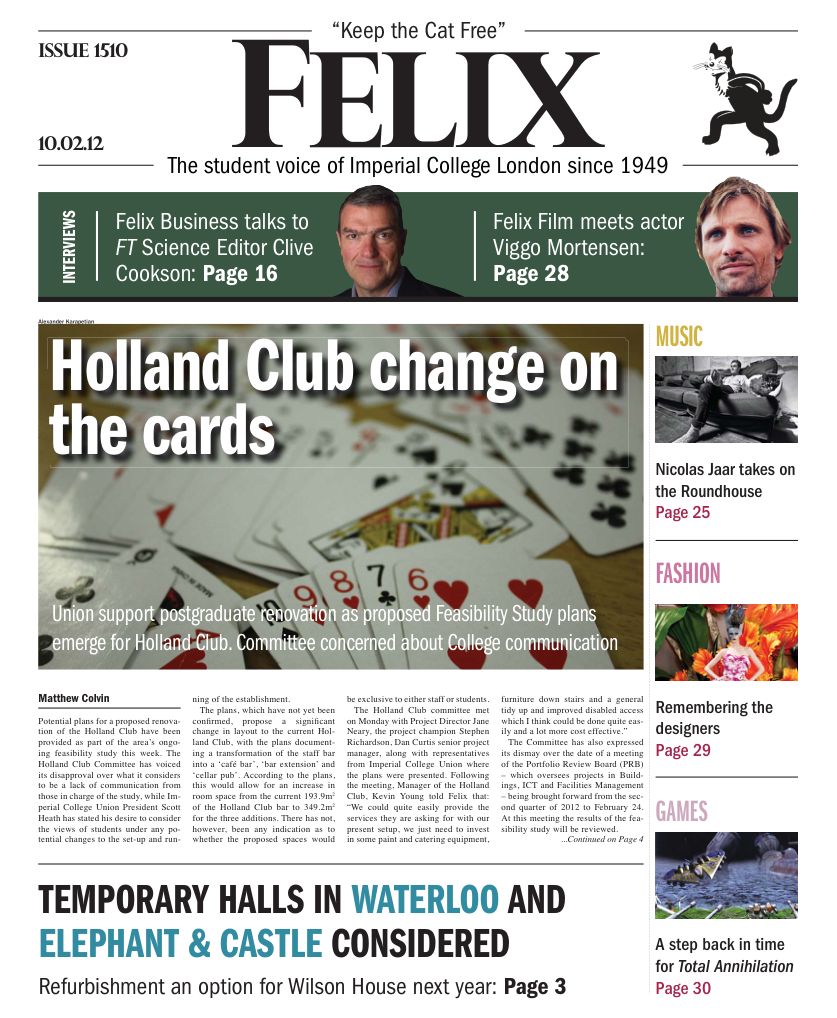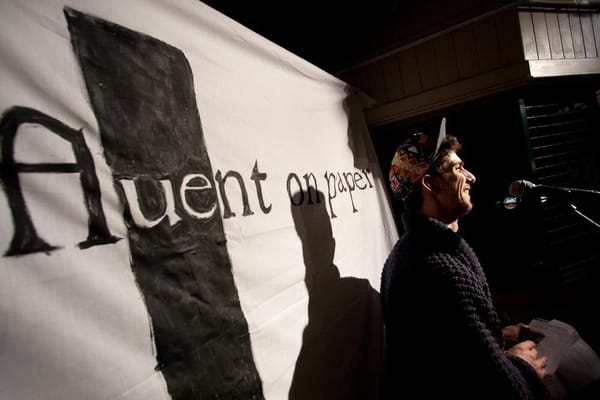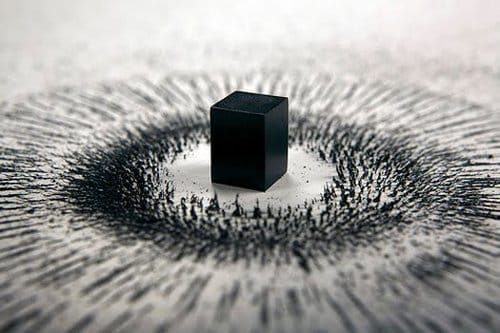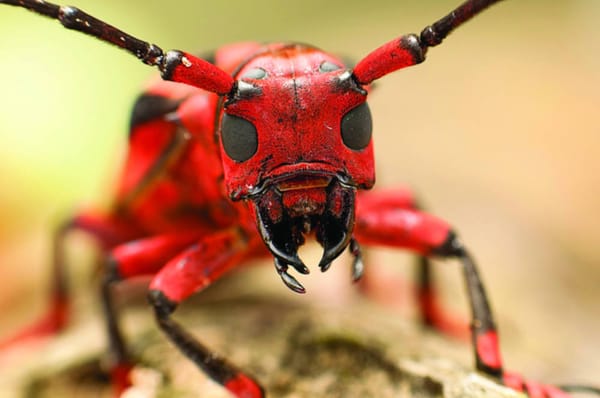A step towards cross-f***ing
IC joined forces with the RCA to create art inspired by science; Artifact is happening again this year
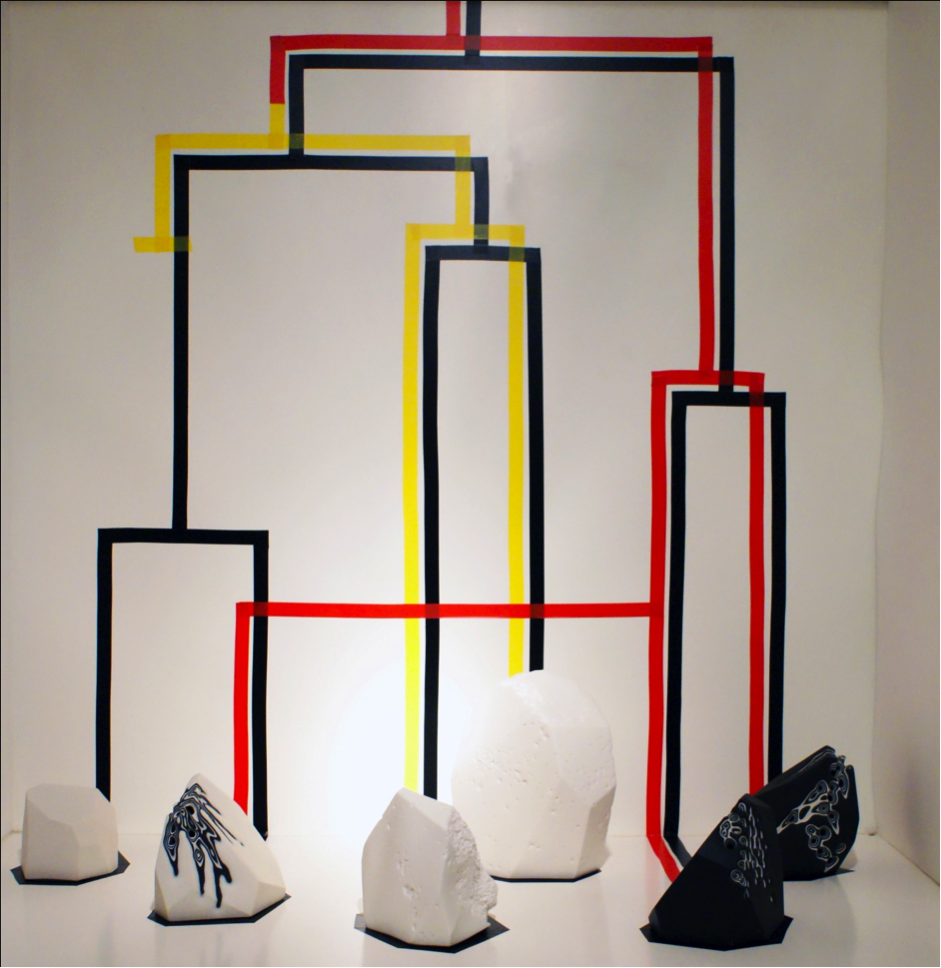
It is very difficult to retain a historical perspective of the present. Artistic movements only acquire recognition and an associated nomenclature once they are well established, or in many cases once they have peaked. However, I am going to stick my neck out to predict that art histories yet to be written will refer to ‘Sciencism’ or ‘Technophilism’ originating in our time. Perhaps some other silly name will be used, but I stand by my hunch. A term will be required to collect the current dearth of art/science collaborations.
Art has always drawn inspiration from scientific advance and vice versa. One could point to the Renaissance or Futurism in the early 20th Century as a precedent but at no time in history has this truly cross-disciplinary conduit been more alive with crackling, electric energy.
“Welcome to the world, Sciencism. I hope someone finds a better name for you”
We currently live in a society saturated with technology to an extent never seen before. The fruits of nanotechnology, genetic engineering, and quantum physics are no longer confined to the space program and international research establishments. These developments are present in our pockets, on our plates and in our hospitals. Popular culture, and the arts in particular, has been very slow to come to terms with this reality but a new generation of artists is finally beginning to tackle the reality of our age. An age best described as scientifically enlightened but socially and politically backwards world. One sees evidence of this slow shift everywhere. Rambert Dance School now has a scientist in residence and Imperial College Physics Department has an artist in residence. David Hockney paints with an iPad and our own Computing Department programs computers to paint. There are now galleries and arts fairs in London entirely dedicated to technological new media art. I could, as you might guess, list examples of projects and artists working in this arena for pages, but I will refrain.
The truly exciting thing is that this movement is happening now, today, in this city. What is more you have a chance to contribute. It was my own interest and enthusiasm for art/science collaborations which lead me to chair Artifact last year. For those of you who have not heard of the project, the basic premise was to pair scientists from Imperial College with artists and designers from the Royal College of Art. We sought to provide a central forum where people could exchange ideas and inspire each other’s work, very different from the ad-hoc collaborations I had seen to date. The enthusiasm was palpable. Almost two hundred people signed up for our initial speed-dating just under a year ago. There were talks from speakers and lots of ideas buzzing around during an extremely fun and lively evening.
So, after the hangovers had dissipated what actually materialised from the hours of talking and the brainstorming? Quite a lot, rather to my surprise. The exhibition was held last September at Imperial College’s Blyth Gallery. For those who missed it, we had seven exhibits each with their own imaginative take on the theme. These pieces included ceramics, glassware and bookbindings on themes as diverse as viral evolution, environmentalism and MRI tomography. I observed a real curiosity on the part of the artists to understand the work of the various scientists involved but more importantly an eagerness to express a meaningful response.
“Art has always been an inspiration for science and vice versa”
This meaningfulness is important. It is not enough for art to simply draw on the imagery of science nor to simply exploit new methods of producing work. Art is important because it can react and respond in a considered yet emotive way to its influences. If science reflects society’s rational, analytical aspect then art is the exhibition of its spiritual and sensitive side. As anyone who has ever been a human will testify an individual will suffer if these two elements are not in phase. The same is true for a culture. Welcome to the world Sciencism. I hope someone finds a better name for you.
Please email artifact@imperial.ac.uk for more information.

